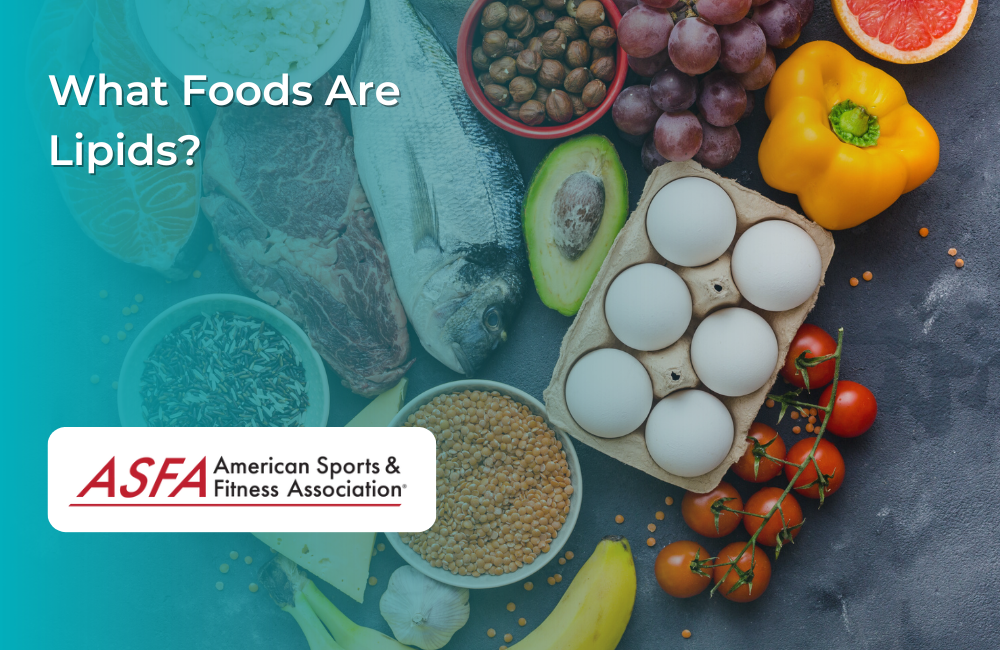Lipids, commonly known as fats, are a diverse group of organic molecules that serve various functions in the body. They are an essential part of a healthy diet and play roles in energy storage, insulation, cell structure, and the absorption of fat-soluble vitamins (A, D, E, and K). While some fats are associated with health benefits, others can have detrimental effects when consumed in excess. In this blog, we'll explore the different types of lipids and provide examples of foods that contain them.
Types of Lipids
Before discussing foods rich in lipids, it's important to understand the various types of lipids:
1. Triglycerides:
Triglycerides are the most common type of lipid in the diet and in the body. They consist of three fatty acids attached to a glycerol molecule. Triglycerides serve as the primary form of energy storage in the body and are found in both animal and plant-based foods.
2. Phospholipids:
Phospholipids are a class of lipids that are structurally similar to triglycerides but contain a phosphate group. They are essential components of cell membranes and are found in foods like eggs and soybeans.
3. Sterols:
Sterols are a type of lipid that includes cholesterol, a substance essential for the production of cell membranes and hormones. Cholesterol is found only in animal-based foods.
Foods Rich in Lipids
Now, let's explore foods that are rich in lipids, including both healthy and less healthy sources:
1. Healthy Sources of Lipids:
a. Avocado: Avocado is a nutrient-dense source of healthy fats, primarily monounsaturated fats. It's also rich in fiber, vitamins, and minerals.
b. Fatty Fish: Salmon, mackerel, sardines, and trout are examples of fatty fish that provide omega-3 fatty acids, which have numerous health benefits, including heart health.
c. Nuts and Seeds: Almonds, walnuts, flaxseeds, chia seeds, and pumpkin seeds are packed with healthy fats, fiber, vitamins, and minerals.
d. Olive Oil: Extra virgin olive oil is a staple in Mediterranean cuisine and is renowned for its monounsaturated fats, which are associated with heart health.
e. Coconut: Coconut and coconut oil contain saturated fats, but they also offer unique medium-chain triglycerides (MCTs) that are easily digestible and can be used as a quick source of energy.
f. Nut Butter: Natural nut butters like almond butter or peanut butter (without added sugars and hydrogenated oils) are nutritious sources of healthy fats and protein.
g. Seeds: Hemp seeds, sunflower seeds, and sesame seeds are versatile additions to salads, smoothies, and baked goods.
2. Less Healthy Sources of Lipids:
a. Trans Fats: Trans fats are artificial fats created through a process called hydrogenation. They are found in many processed and fried foods, including some margarines, baked goods, and fast food items. Trans fats are associated with an increased risk of heart disease.
b. Saturated Fats: While some saturated fats are considered less healthy when consumed in excess, they are naturally present in foods like fatty cuts of meat, poultry skin, full-fat dairy products, and tropical oils like palm and coconut oil.
c. Processed Foods: Many packaged and processed foods, such as chips, cookies, and fried snacks, contain unhealthy fats, including trans fats and excessive saturated fats.
Balancing Lipids in Your Diet
A balanced diet includes a mix of different fats, with an emphasis on healthier sources. Here are some tips for incorporating lipids into your diet:
- Choose healthy fats: Opt for sources of healthy fats like avocados, fatty fish, nuts, and olive oil.
- Limit saturated and trans fats: Reduce your intake of saturated fats from sources like red meat and full-fat dairy. Avoid trans fats as much as possible.
- Portion control: Even healthy fats can be calorie-dense, so be mindful of portion sizes.
- Read food labels: Check food labels for trans fat content and aim for products with zero trans fats.
- Cooking methods: Use healthier cooking methods like baking, grilling, and steaming instead of frying.
Lipids, or fats, are an essential part of a balanced diet, serving various functions in the body. While some sources of lipids are healthy and contribute to overall well-being, others should be consumed in moderation or avoided entirely. By making informed choices and incorporating a variety of healthy lipid sources into your diet, you can enjoy the benefits of fats while promoting good health.





